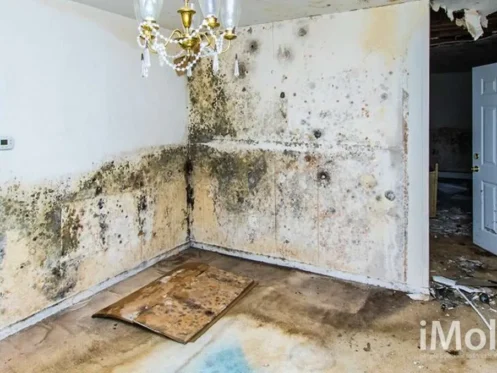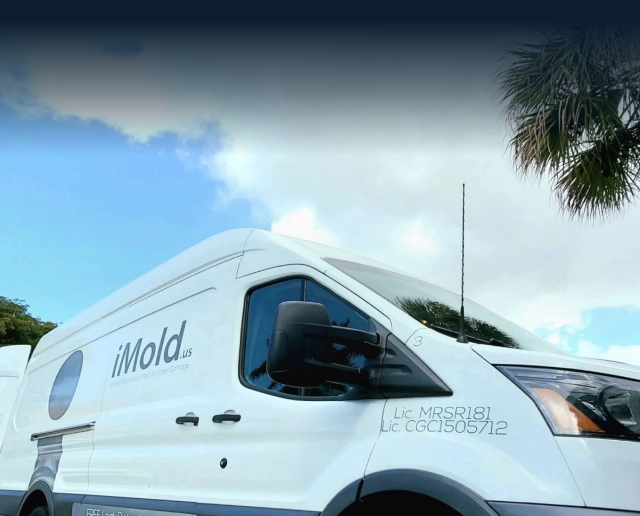Mold is the number one silent killer in most homes because it can grow for a long time before you see it. All the while, you and your family are breathing in harmful spores. Whether it’s a small leak, or a huge flood, iMold is ready to tackle any flooding, or water damage issues before it becomes a mold issue.
However, if you suspect your home has become the breeding ground for colonies of mold, we’re happy to help you get rid of this toxic problem before it negatively impacts your family. There are some sure signs of mold, and if you or your family experience any of them, call us immediately.
They are:
- Many people have a sensitivity to mold, which results in classic allergy reactions, such as runny eyes, sneezing, coughing, or sore throat. This is not a guarantee—some people do not react to mold.
- Visible dark spots on surfaces around the house, especially near water damage.
- Spongey or soft spots on walls or ceilings where there has been water damage.
- A musty or mildew-type smell coming from a specific area, or room.
If you encounter any one of these possible signs of mold or have had a third party come to confirm the existence of mold in your home, call iMold immediately. We’re available 24/7 and will act fast to rid your home of all mold.
When mold is found in homes from either water damage or flood damage, there are a few steps that need to take place for the threat of mold to be eradicated. This is called mold remediation. This includes:
- Detection of Water Damage – Sometimes finding the damage is easy, such as in the case of flooding. Sometimes it’s more difficult, such as a trouble pipe or a leaky tub. Regardless of where it is, we’ll find it.
- Contain the Mold – This means sealing off the area so that spores won’t spread, and it also means making sure the mold won’t continue to grow by eliminating the water source. Wet areas are mold’s favorite thing, so getting rid of that factor is key to pausing growth.
- Proper Air Filtration – While cleaning, it’s important to set up a system that sucks up any spores that may be released so that they don’t spread to people or other areas of the house.
- Removing Mold and Compromised Items – Cleaning the mold is a large job, and part of that means removing and discarding items that are too damaged by mold to be kept. They pose a danger to the future safety of the room and can reintroduce mold to the area if left untreated.
- Sanitize Belongings – Anything that was in the area of the mold needs to be cleaned thoroughly and sanitized before being left in the room post-cleaning. This includes furniture, personal items, and surfaces.
- Restoration – Mold often causes damage to homes, which means that after the home, room, or contained area is treated for mold, it may need to be restored. This includes replacing walls, repairing ceilings, or patching holes.

